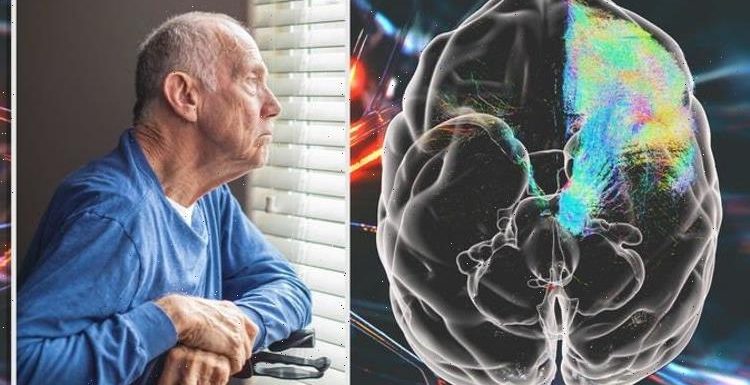
Michael J. Fox on Parkinson's: I don't feel sorry for myself
We use your sign-up to provide content in ways you’ve consented to and to improve our understanding of you. This may include adverts from us and 3rd parties based on our understanding. You can unsubscribe at any time. More info
Researchers at the Chinese Academy of Sciences in Beijing have demonstrated the use of a novel technique to image nerve cells at a microscopic level in the brain of a rhesus monkey. The resulting 3D scans produced images at a “micron resolution”, hopefully paving the way towards the treatment of degenerative diseases. Parkinson’s, in particular, is caused by the loss of nerve cells in a part of the brain known as the substantia nigra – and there is no known cure.
According to a report in Mail Online, the Chinese researchers used fluorescent imaging to reveal how every nerve cell and fibre is organised within a monkey brain.
It is estimated the human brain contains some 86 billion neurons – about 17 times more than a rhesus macaque.
But the researchers are positive their novel technique can be scaled up in time to study bigger and more complex brains.
Study author Duan Shumin said: “Hopefully, this technology will be further improved for broader and larger applications, to make important contributions and understanding of primate and eventually the human brain.”


The study’s results were published on July 26 in the journal Nature Biotechnology.
According to the Parkinson’s Foundation, more than 10 million people globally are living with the disease.
In the US alone, more than one million people have been diagnosed with Parkinson’s – more than the combined total of people diagnosed with multiple sclerosis, muscular dystrophy and ALS.
In the UK, the NHS estimates one in 500 people are affected by the disease, which typically begins to manifest after the age of 50.
As the disease progresses, Parkinson’s causes a decrease in the amount of dopamine in the brain.
Dopamine plays a key role in regulating the body’s movements and its loss accounts for many symptoms, such as tremors and muscle stiffness.
Michael J. Fox says having Parkinson's disease 'sucks'
The NHS said: “Exactly what causes the loss of nerve cells is unclear.
“Most experts think that a combination of genetic and environmental factors is responsible.”
There is no cure for Parkinson’s disease and patients have to rely on supportive physiotherapy, medication and in some cases brain surgery.
The new study has now raised hopes scientists will one day hone in on the cause of Parkinson’s.
Until recently, a mouse brain was the largest to be mapped – a process that took days to complete.


But the Chinese researchers have made it possible to scan a monkey brain that is 200 times bigger – and they can do it in under four days.
Professor Wang Xiaojing, New York University, said: “Brain connectome at the mesoscopic level is important but so far limited to rodents.
“This work demonstrates a powerful method that enables researchers to dissect mesoscopic connectome of monkeys at one micron resolution, in four days.
“It represents a tour de force in this rapidly moving field.”
The new technique allows scientists to map the brain at a scale of 100 microns – about the same width as a strand of hair.
The images, which take up more than a petabyte (one million gigabytes) of data in storage, were then analysed by artificial intelligence (AI).
This was achieved by developing a new technique dubbed VISoR or Volumetric Imaging with Synchronous on-the-fly scan and Readout.
The researchers have spent five years working on the technology, before applying it to the dissected brains of three rhesus monkeys.
As part of the China Brain Project, the country is investing a staggering £6.04billion ($8.4billion) into research programmes like this.
Source: Read Full Article